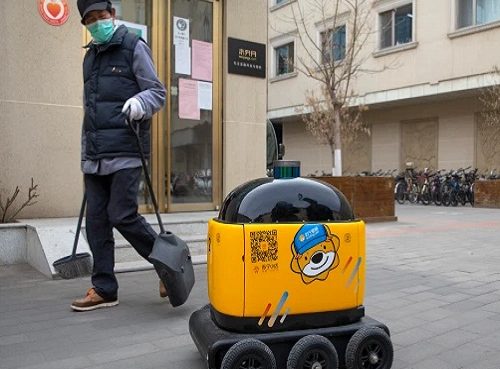From hyper-personalisation, predictive analytics, content creation to fraud detection, we are seeing AI creep into our daily lives as both advertisers and consumers. According to Gartner’s survey of CIOs, “14 per cent of organisations employ AI and 50 per cent intend to do so in 2020”.
At its core, AI pertains to the use of machines and their ability to continuously learn and solve problems. Algorithmic advances in AI like deep learning came at the right time for mobile advertising, these advanced techniques are immensely powerful and are capable of capturing complex non-intuitive patterns.
The key driver for AI is the huge amount of training data* and in mobile advertising, there are numerous touchpoints gain through views and engagements with users.
Hyper-personalisation
Hyper-personalisation means targeting the right user at the right time on the right channel with the right message. Hyper-personalisation creates a win-win situation for user and advertiser.
Right channel: Mobile advertisement covers channels like search, display, video, social, push notifications, in-app notifications, text messages, emails etc. Each channel is unique in terms of visual appearance, cost, engagement potential and reach**. Different users have a different affinity towards each of these channels. AI helps to predict user affinity at the channel level and target accordingly.
Right message: Message in Mobile advertisement context means content which includes text, images etc and creative which includes colour, design, look and feel etc. Traditionally advertisers have used intuition to come up with messages, it then moved to A/B test where again the evaluation is done at a set of users.
Ad fraud
Ad Fraud is an increasing problem for the ad industry, eating into the ad budgets. Some of these frauds come innocently in typically free applications, sometimes secretly displaying ads that are hidden to the user clicks on the ads, installs applications and even makes fake engagements.
All of these add to the costs that advertisers will have to pay to these non-human engagements. Ad fraud is like virus scanning, fraudsters are always coming up with ingenious ways of getting past fraud tools and systems. AI algorithms can learn the organic behaviour basis time of day, age, gender, location and other behavioural patterns and in real-time flag any anomalies.
We believe AI today has just scratched the surface in mobile advertising and the future has much more in store.
Breaking siloed systems
Today each of this channel is running individually in their own capacity, though each channel adds individual value they at some point are cannibalizing each other, plus there are many intuitive and non-intuitive synergies between these channels that exist and are not leveraged.
Trivial synergies like use free channel before paid channel are easy to appreciate but there are many non-trivial synergies which go beyond intuition. We believe these siloed efforts have to come together.
A common AI system which uses transfer learning where learnings from a single AI model can be used to train a second model. This shortens the time for the machine to learn, increase the pace of the learning, shortening the cost and ultimately improving user experiences.
Mobile advertisement for offline commerce
AI is changing our world today, it already is with computers becoming beating grand-masters in chess, the game of go, becoming better than humans at detecting images, and detecting speech.
All of this is powered with Moores law, whereby 2023, it is arguably said that it will approach the computational power of a human brain and by 2045 the computational power of all human brains combined. While it is arguable that algorithms will be as efficient at the brain, there will be no doubt huge improvements in the capability of machines.
Hyper-personalisation is here to stay and will become more intelligent in the future, in predicting our needs and to become more relevant and serendipitous to us all.
* Training data is the one on which we train and fit our model basically to fit the parameters
** Reach means how many unique users can be targeted using this channel
Source:e27










